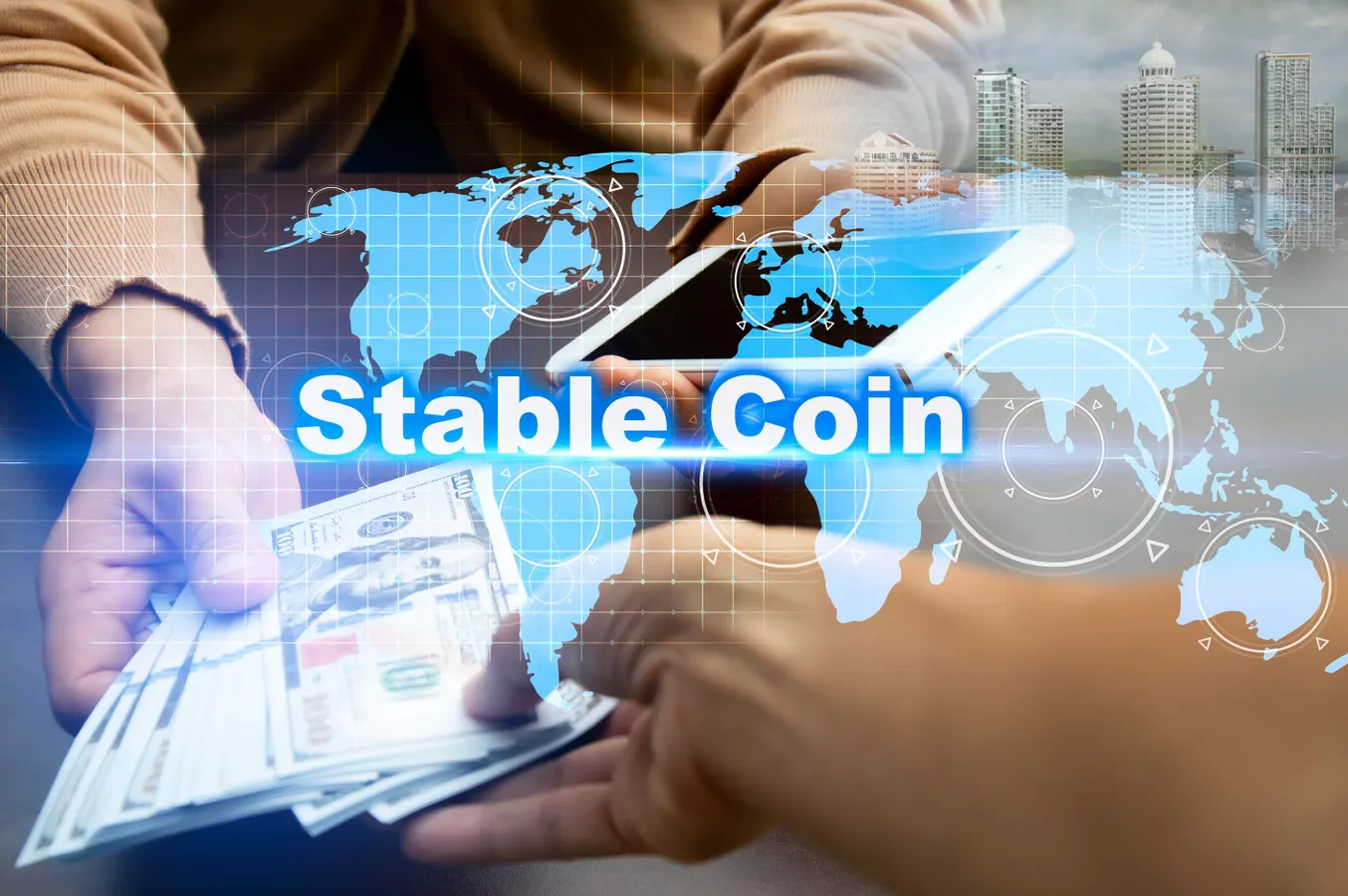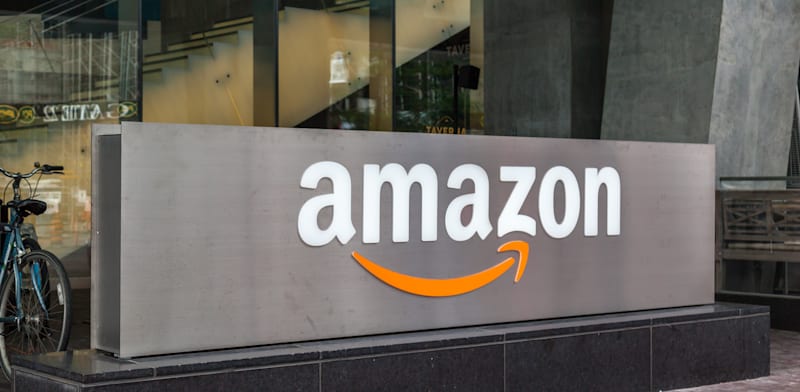Copyright forbes

The concept of using stablecoins in the financial system In much crypto commentary, stablecoins are cast as tools for Wall Street or U.S. regulation. But in the Gulf, their value may be much more immediate and deeply practical: cross-border transfers are an everyday reality and exactly where stablecoins might find their strongest footing. Migrant workers and diaspora communities send hundreds of billions of dollars home annually, often at a steep cost, both financial and logistical: fees average 5–7 %, settlement can stretch over days, and many corridors remain underserved by formal financial infrastructure (FGV Europe, 2025). A new report from the GCC Statistical Center shows that expatriate workers in the Gulf sent home $131.5 billion in remittances by the end of 2023, the highest total globally, ahead even of the United States (GCC, 2025). For senders and receivers alike, every percentage point of cost matters, especially in economies where margin, access, and trust are already under pressure. Stablecoins can serve as a bridge: enabling near-instant settlement, better traceability, and friction-lifted cross-border flow (McKinsey, 2025). On-chain architecture makes each token movement visible, verifiable, and resistant to concealment. In remittance corridors, this transforms the trust dynamic by giving regulators oversight, providing recipients with clarity, and unlocking access where formal systems have lagged. In cross-border use cases, stablecoins reduce reliance on correspondent banks and batch clearing, bypassing many structural bottlenecks in the legacy system. They can absorb liquidity, offer low-cost paths, and embed programmable compliance (e.g., KYC/AML gates, smart-contract rules) directly into flows. Remittances Under the Pressure of Scale, Speed & Structural Lag A project that’s carving out a different path, building it from the ground up for the Gulf’s remittance landscape rather than importing it from Silicon Valley, is Kem. Launched in January 2023 by Kemfinity s.r.o., it was founded by brothers Seth and Zane Abal and Georgian entrepreneur George Chichua—visionaries shaped by the fragmented finance of the Global South, determined to build a crypto-native app once thought impossible. Two years later, Kem is live across the Gulf, Pakistan, and the Philippines, offering wallets, instant transfers, local cash‑outs, and real-world usability. In 2024, Tether invested $3 million in Kem, recognizing it as a serious contender. As COO George Chichua declares, “We realized early that building a TradFi app without stablecoins was a dead end. What Kem became was a regional stablecoin leader, with Tether as the logical partner to scale.” MORE FOR YOU Remittances Under the Pressure of Scale, Speed & Structural Lag Although remittance space is seeing a wave of stablecoin adoption, much of it still orbits around legacy systems. Ripple focuses on institutional corridors, using XRP and RLUSD to streamline interbank settlements. The model improves efficiency but remains centralized, relying on bank partnerships and regulatory oversight, which limit direct user access. MoneyGram has added stablecoin options through collaborations with Stellar and Circle’s USDC, expanding liquidity in select markets. Yet its operations still rely on money transmitters, agent networks, and intermediaries, preserving many of the same costs and frictions. In both cases, the progress is structural but not transformative: it optimizes the system from the top, does not empower the people at the bottom who depend on it daily. Instead of value flowing through banks, brokers, and clearinghouses, stablecoin systems allow individuals to become direct participants in the financial network itself. Liquidity is no longer concentrated in correspondent accounts or settlement hubs; it moves peer-to-peer, instantly, and transparently. In this new model, users become active nodes of value creation, capable of holding, sending, and growing their assets without dependence on legacy intermediaries. Kem takes a ground-up approach, built for those who send money, integrating crypto liquidity into daily transactions across the Gulf and Asia. It offers direct access to Bitcoin, tokenized assets, and programmable money, which are valuable tools for preserving wealth, building value, and connecting globally. With 3% Bitcoin cashback on everyday purchases, spending becomes a path to ownership. Stablecoin transfers cost a fraction of legacy routes, and Kem amplifies this with a fee-free model: sending $200 incurs under 1% fees. Its Infinity Card lets users spend stablecoins instantly worldwide, turning digital funds into real-world usability without friction. Zane Abal explains that “This technology of stablecoin-powered cards will fundamentally change the way money is moved. We believe there are many products we can build on top of these open money protocols to spread financial freedom to those who need it most.” Permissionless rails, not bank wires, power every aspect of the app, from gasless USDT transfers on TRON to programmable compliance baked into stablecoin flows. That architecture makes Kem faster, cheaper, and more scalable than legacy remittance giants. The app also allows users to swap into gold or Bitcoin, reflecting the volatility hedging behavior increasingly seen in corridor-dependent users. As Seth Abal says, “Stablecoins and Bitcoin are here to stay, not because of price charts, but because they represent freedom.” The Gulf’s Regulatory Edge in Stablecoin Policy Governments across the Gulf region turn regulation into a strategic tool, using it to modernize financial systems, attract investment, and strengthen economic independence. Nowhere is this clearer than in the UAE, where Dubai’s VARA has created clear rules for crypto firms, making it a hub for global exchanges. Bahrain also leads this shift — its Central Bank (CBB) was the first in the region to introduce a dedicated stablecoin licensing framework, including rules for Bahraini Dinar-backed stablecoins. The framework requires issuers to hold full 1:1 reserves and operate under strict transparency standards. Other states in the region are moving forward in ways that reflect their unique priorities. Saudi Arabia is focused on CBDC pilots like Project Aber and mBridge. Oman is building secure, compliant environments for virtual asset providers, and Qatar is softening its stance with new tokenization laws. Though their paths differ, the goal is shared: to give Gulf economies more control over how money moves, within their borders and across them. Kem fits seamlessly into the Gulf’s evolving regulatory vision: one where clarity, compliance, and competitiveness go together. It is currently working with Bahrain’s Economic Development Board to become the first licensed firm under the new stablecoin regime. As a licensed VASP entity in the Czech Republic, Kem complies with domestic and EU KYC standards, requiring ID and proof of address from all users, plus enhanced checks for high-risk and politically exposed persons. From Use Case to Infrastructure: Stablecoins in the Gulf’s Economic Core Remittances in the Gulf have long moved through outdated systems: slow, costly, and opaque. What’s emerging now is a more direct, transparent, and user-led model. Platforms like Kem pair stablecoins with features that meet real-world circumstances: instant transfers, local cash-outs, and a multi-asset wallet that supports gold, Bitcoin, and USDT. For many users, this is their first experience of financial access that works on their terms. Editorial StandardsReprints & Permissions



